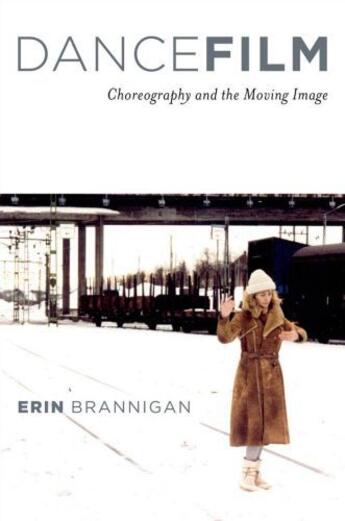Des idées de lecture pour ce début d'année !
Passionné(e) de lecture ? Inscrivez-vous
gratuitement ou connectez-vous pour rejoindre la
communauté et bénéficier de toutes les fonctionnalités du site !

Dancefilm: Choreography and the Moving Image examines the choreographic in cinema - the way choreographic elements inform cinematic operations in dancefilm. It traces the history of the form from some of its earliest manifestations in the silent film era, through the historic avant-garde, musicals and music videos to contemporary experimental short dancefilms. In so doing it also examines some of the most significant collaborations between dancers, choreographers, and filmmakers.
The book also sets out to examine and rethink the parameters of dancefilm and thereby re-conceive the relations between dance and cinema. Dancefilm is understood as a modality that challenges familiar models of cinematic motion through its relation to the body, movement and time, instigating new categories of filmic performance and creating spectatorial experiences that are grounded in the somatic. Drawing on debates in both film theory (in particular ideas of gesture, the close up, and affect) and dance theory (concepts such as radical phrasing, the gestural anacrusis and somatic intelligence) and bringing these two fields into dialogue, the book argues that the combination of dance and film produces cine-choreographic practices that are specific to the dancefilm form. The book thus presents new models of cinematic movement that are both historically informed and thoroughly interdisciplinary.
Il n'y a pas encore de discussion sur ce livre
Soyez le premier à en lancer une !

Des idées de lecture pour ce début d'année !

Si certaines sont impressionnantes et effrayantes, d'autres sont drôles et rassurantes !

A gagner : la BD jeunesse adaptée du classique de Mary Shelley !

Caraïbes, 1492. "Ce sont ceux qui ont posé le pied sur ces terres qui ont amené la barbarie, la torture, la cruauté, la destruction des lieux, la mort..."